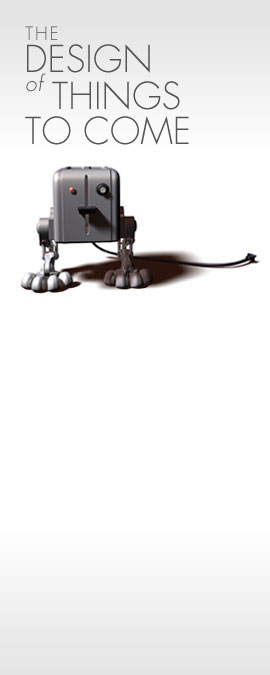
 |
 |
 |
||
|
Chapter 8: Making Decisions for Profit – Success Emerging from Chaos “…. a typical toothbrush has two parts. Now let’s bring it up a notch and think about the innovation breakthrough for the next toaster. You now have 20 parts in a toaster, plus it is an electric appliance. You have upped the complexity of the product and number of decisions that must be made significantly. If you are designing a new car then you take the complexity up further by a power of one hundred, to 20,000 parts. Every part must be designed or specified, and many of the parts must work in unison as a subsystem. Subsystems must then work in concert to meet the performance requirements of the vehicle. Often to achieve the best performance in one subsystem, another must work below expectations. For instance, the addition of a small oil pump can dramatically extend engine life. The tradeoff is that this oil pump would circulate the oil immediately before a cold engine start, so the benefit of this pump would cost multiple seconds of delay before the car could start. Thus tradeoffs are considered and aspects of the product re-designed until the overall product is satisfactory. The best vehicles perform beyond expectation and deliver an optimal experience that surprises and delights the customer. Given that the product development cycle for the vehicle is still about three years or more, consider the vast number of decisions that must be made and effectively come together to produce a successful (and unsuccessful) vehicle. How many of those decisions can be wrong and still produce an affordable, appealing and profitable car or truck? “ |
||
 |
||